Our feet, silent yet strong, support us as we traverse mountains and rivers, feeling the warmth and chill of the world.
However, when foot problems arise, this support becomes particularly heavy. Deformities, pain, and discomfort not only affect our ability to walk but also gradually erode our quality of life.
In the pursuit of foot health, 3D foot scanners open a new chapter in foot correction with their unique charm, inviting us to explore their mysteries under the guidance of philosophy.
1. Know Yourself to Find the Right Solution
"Knowing others is intelligence; knowing yourself is true wisdom." Understanding our own feet is a crucial first step on the journey of foot correction.
Traditional assessment methods often rely on a doctor's experience and subjective judgment, making precise evaluations difficult. In contrast, the 3D foot scanner provides unprecedented data through its high-precision scanning technology.
It captures every subtle contour of the foot and analyzes key parameters such as arch height, width, and angles, giving us a clearer understanding of our feet.
This understanding is not just about recognizing foot shape; it’s a deeper comprehension of foot function. Only when we truly know our feet can we create personalized correction plans based on specific conditions, thus avoiding the risks and discomfort of blind treatment.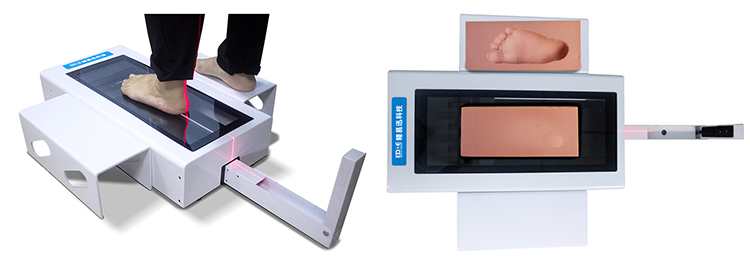
2. The Light of Technology Illuminates the Path to Correction
"To do a good job, one must first sharpen their tools." The power of technology cannot be ignored in the foot correction process. The 3D foot scanner, as a product of modern technology, provides robust support for corrective work with its efficiency and precision.
It quickly generates a 3D model of the foot and integrates with specialized correction software to simulate the effects of different correction plans, helping us visualize changes before and after correction.
This application of technology not only enhances the efficiency of correction work but also reduces the risks involved. Through precise simulations and predictions, we can avoid unnecessary surgeries and trauma, making the correction process safer and more comfortable.
3. People-Centered Approach for Personalized Correction
"Putting people first leads to long-term success." In the practice of foot correction, we must always adhere to a people-centered principle, respecting individual differences.
The emergence of 3D foot scanners embodies this principle. They can formulate unique correction plans based on each person’s foot characteristics, allowing everyone to benefit from the most suitable correction services.
These personalized correction plans not only fulfill our aesthetic pursuits but also subtly enhance our quality of life.
Through scientific correction, we can effectively improve foot function, alleviate pain, and make walking easier and more effortless.
4. Looking to the Future, Together We Create a Healthy Blueprint
"The road is long and winding; I will seek it up and down." There is still much to explore and learn on the path of foot correction.
While 3D foot scanners provide us with strong technical support, the real challenge lies in how to integrate this technology with clinical practice to better serve patients.
In the future, we look forward to seeing more innovative technologies and concepts introduced into the field of foot correction, collectively creating a healthier and more beautiful blueprint.
In this process, each of us is a participant and creator. Let us move forward together, embracing a new era of foot correction.
The 3D foot scanner opens a new chapter in foot correction with its unique charm.
Guided by philosophy, we must not only understand ourselves, leverage technology, and prioritize people, but also look to the future and collectively pursue a healthier and more beautiful foot life.

 +86-0755-86131192
+86-0755-86131192 2024-10-31
2024-10-31 Back to list
Back to list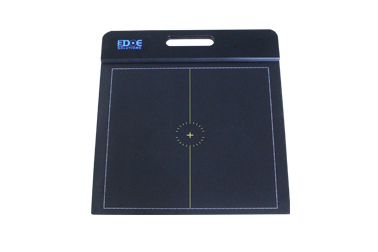
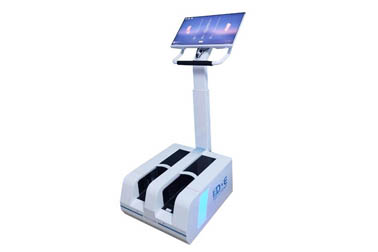
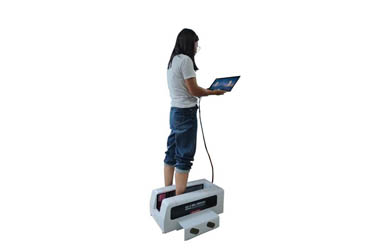
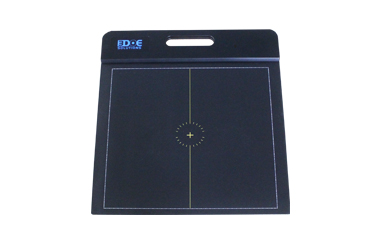

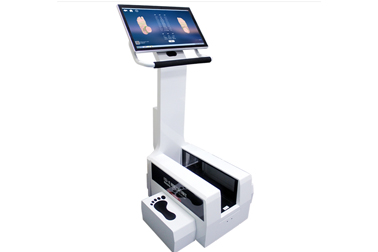



 +86-0755-86131192
+86-0755-86131192